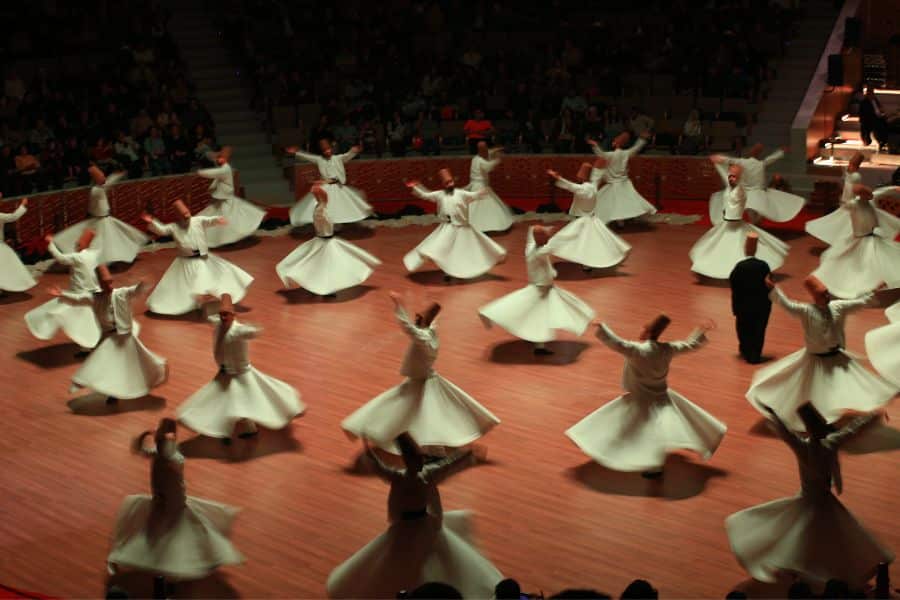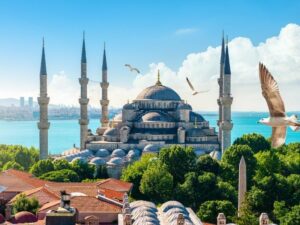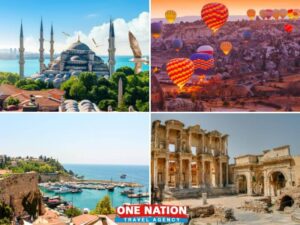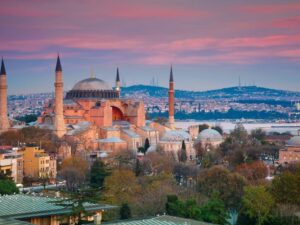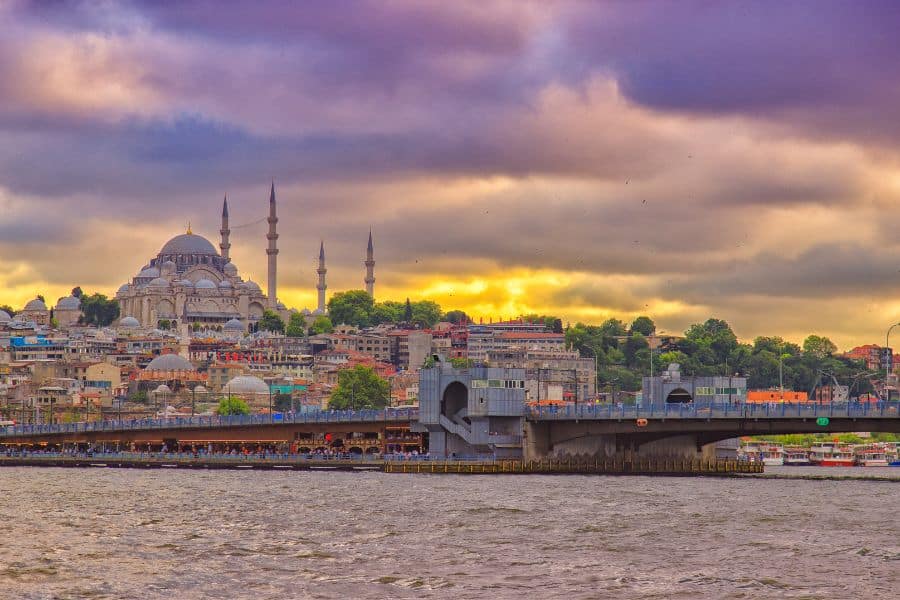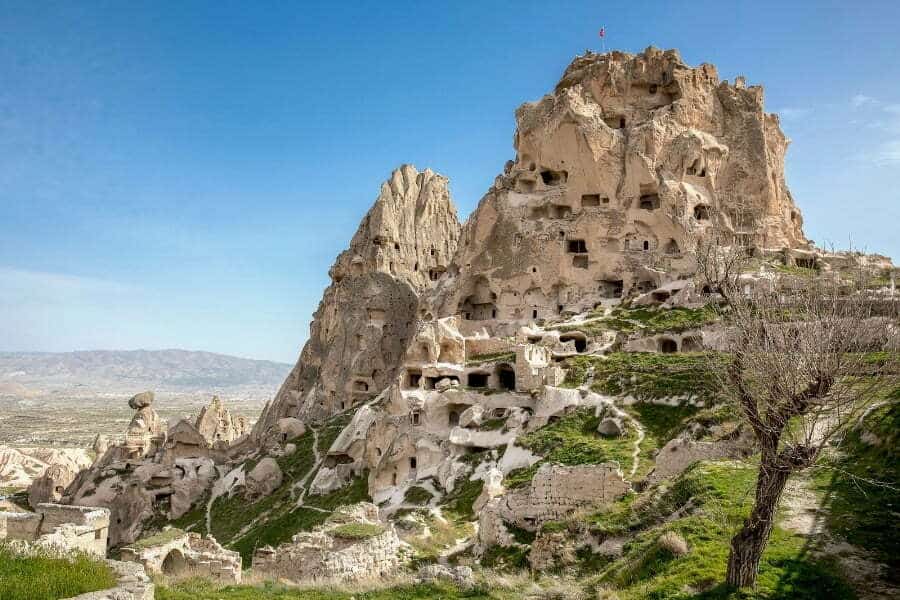What is Turkish culture like? Traditions, Customs & More
Exploring the Rich and Diverse Turkish Culture
Turkish culture is a unique blend of various historical and regional influences, with roots in both ancient and modern civilizations. From the remarkable cuisine to the fascinating arts and customs, Turkey is a treasure trove of cultural experiences waiting to be discovered. In this blog post, we will delve into the various aspects of Turkish culture, including food, traditions, arts, and hospitality, to provide an overview of what makes this nation so special. So, what is Turkish culture like? Let’s explore what Turkish culture is like together.
To truly appreciate the depth of Turkish culture, one must consider its historical context. Turkey, straddling both Europe and Asia, has been a crossroads of civilizations for centuries. The interaction between cultures has shaped its unique heritage, which reflects a synthesis of various influences. For example, the Byzantine and Ottoman empires have left a lasting legacy on architecture, cuisine, and art forms that are still prevalent today.
Understanding what Turkish culture is like also involves appreciating its historical context. Turkey, straddling both Europe and Asia, has been a crossroads of civilizations for centuries. The interaction between cultures has shaped its unique heritage, which reflects a synthesis of various influences. For example, the Byzantine and Ottoman empires have left a lasting legacy on architecture, cuisine, and art forms that are still prevalent today, showcasing what Turkish culture is like through its rich history.
Embark on Turkey Culture Tours with One Nation Travel, providing an immersive journey through the country’s rich culture and history for a truly unforgettable experience.
When exploring what Turkish culture is like, one cannot overlook the significance of its culinary diversity.
1. A Culinary Journey through Turkish Cuisine
Each dish tells a story about what Turkish culture is like, revealing the influences and traditions that have shaped it over the years.
Exploring what Turkish culture is like through its food is an essential part of understanding this vibrant society.
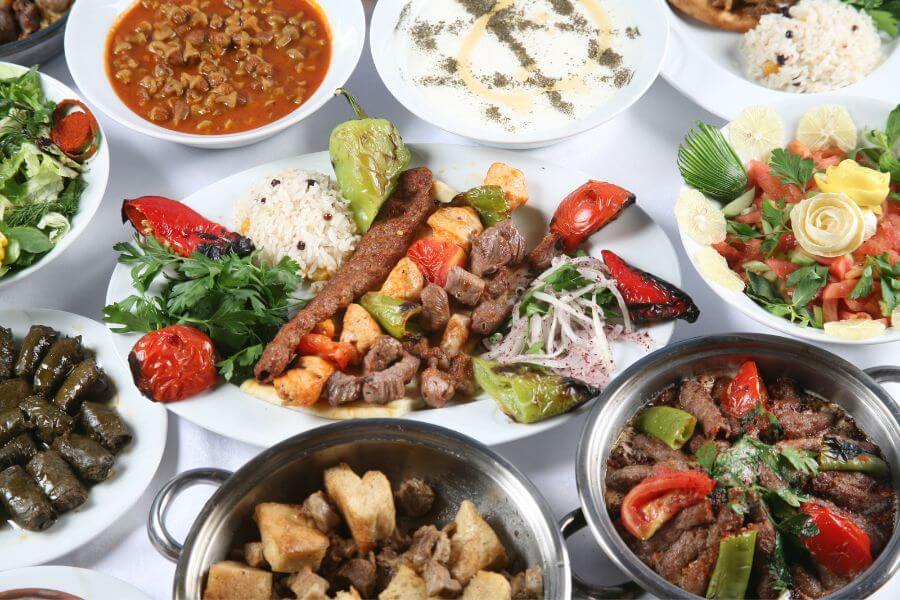
Among the delightful dishes to explore are also Dolma, which are grape leaves stuffed with rice and spices, and Manti, Turkish dumplings filled with ground meat, typically served with yogurt and garlic sauce. Each region in Turkey boasts its own specialties, making the culinary landscape incredibly diverse. For instance, the coastal areas offer a variety of fresh seafood dishes, while the central regions are known for their hearty stews and bread varieties.
One of the most defining aspects of Turkish culture is its mouthwatering cuisine. A blend of Mediterranean, Middle Eastern, and Central Asian influences, Turkish food is both hearty and flavorful. Some of the must-try dishes include:
- Meze: A variety of cold appetizers, such as stuffed vine leaves (sarma) and eggplant salad (patlıcan salatası).
- Kebabs: Grilled or skewered meats, including the famous döner kebab and the Adana kebab.
- Pide: A boat-shaped flatbread topped with various ingredients, such as cheese, spinach, or minced meat.
- Baklava: A sweet pastry made of layers of filo dough filled with chopped nuts and sweetened with syrup or honey.
Whether it’s through traditional dances or contemporary performances, the arts are a crucial element of what Turkish culture is like.
Each tradition provides insight into what Turkish culture is like, showcasing the deep connections within communities.
2. Turkish Traditions and Customs
The significance of hospitality in Turkish culture cannot be overstated. When a guest enters a Turkish home, they are often greeted with warmth and offered food and drink. This practice reflects the deep-rooted belief that guests bring blessings. Additionally, the tradition of sharing food during gatherings, such as iftar during Ramadan, exemplifies communal bonds and the importance of togetherness in Turkish culture.

By engaging with local artisans, one truly understands what Turkish culture is like in its artistic expression.
Art in Turkey also serves as a means of storytelling and cultural preservation. Traditional art forms like Ebru (paper marbling) and calligraphy showcase the intricacies of Turkish visual culture. These art forms often reflect the spiritual and historical narratives of the region. Moreover, modern Turkish artists continue to gain international recognition, bridging the gap between traditional and contemporary art.
Turkish culture is steeped in tradition, and many customs have been passed down through generations. Some noteworthy traditions include:
- Hospitality: Turkish people are known for their warm hospitality and often invite guests into their homes for tea, coffee, or a meal.
- Turkish Baths (Hamams): A tradition dating back to the Roman and Byzantine eras, these communal bathhouses are still popular today for relaxation and socializing.
- Evil Eye (Nazar Boncuğu): A common belief in Turkey, the evil eye is thought to ward off bad luck and is often represented by blue glass beads or ornaments.
- Henna Night (Kına Gecesi): A pre-wedding ceremony for brides-to-be, during which henna is applied to their hands and feet as a symbol of happiness, prosperity, and protection.
Understanding what Turkish culture is like extends to the language and how it shapes communication among its people.
3. The Arts in Turkey
In learning about Turkish, one gains insight into what Turkish culture is like and its linguistic richness.
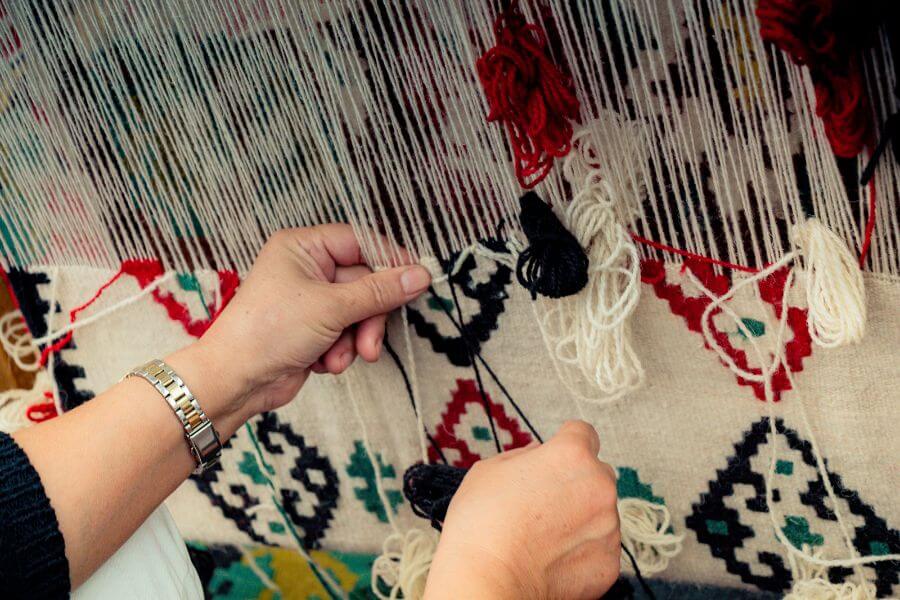
Turkey has a rich history of artistic expression, spanning across various disciplines. Some notable examples include:
In Turkey, communication is often enriched by non-verbal cues. Body language plays a significant role in conveying messages, and gestures can carry deep meanings. For instance, the Turkish ‘okay’ gesture, made by forming a circle with the thumb and index finger, can be interpreted differently depending on the context. Understanding these nuances can enhance interactions and foster deeper connections with the local culture.
- Turkish Music: From traditional Ottoman court music (mehter) to contemporary Turkish pop, the country’s music scene is diverse and vibrant.
- Literature: Turkish literature boasts a wealth of poetry, novels, and plays, with celebrated authors like Orhan Pamuk, who won the Nobel Prize in Literature in 2006.
- Turkish Carpets and Kilims: Known for their intricate designs and exceptional craftsmanship, Turkish carpets, and kilims are highly sought after worldwide.
- Ceramics and Pottery: Turkey has a long history of producing exquisite ceramics and pottery, with the town of Iznik being particularly famous for its colorful and detailed tilework.
4. Turkish Language and Communication
Consider exploring the Top 3 Must-See Turkey Tour Packages for a comprehensive adventure that showcases the very best of Turkish culture, including guided tours through historic sites, authentic culinary experiences, and opportunities to engage with local artisans.

The official language of Turkey is Turkish, a member of the Turkic language family. It is an agglutinative language, meaning words are formed by adding various suffixes to a root word. The Turkish alphabet is based on the Latin script and consists of 29 letters. In addition to Turkish, there are several minority languages spoken throughout the country, including Kurdish and Arabic.
Conclusion
In conclusion, what Turkish culture is like is an intricate tapestry woven from diverse influences and historical narratives. By embracing its rich culinary landscape, vibrant traditions, and artistic expressions, one can gain a profound understanding of what makes Turkey a unique destination. Whether through indulging in a delicious meal or participating in a traditional ceremony, the experiences offered by what Turkish culture is like are bound to leave lasting impressions. For those eager to explore, Turkey stands ready to unveil its treasures.

